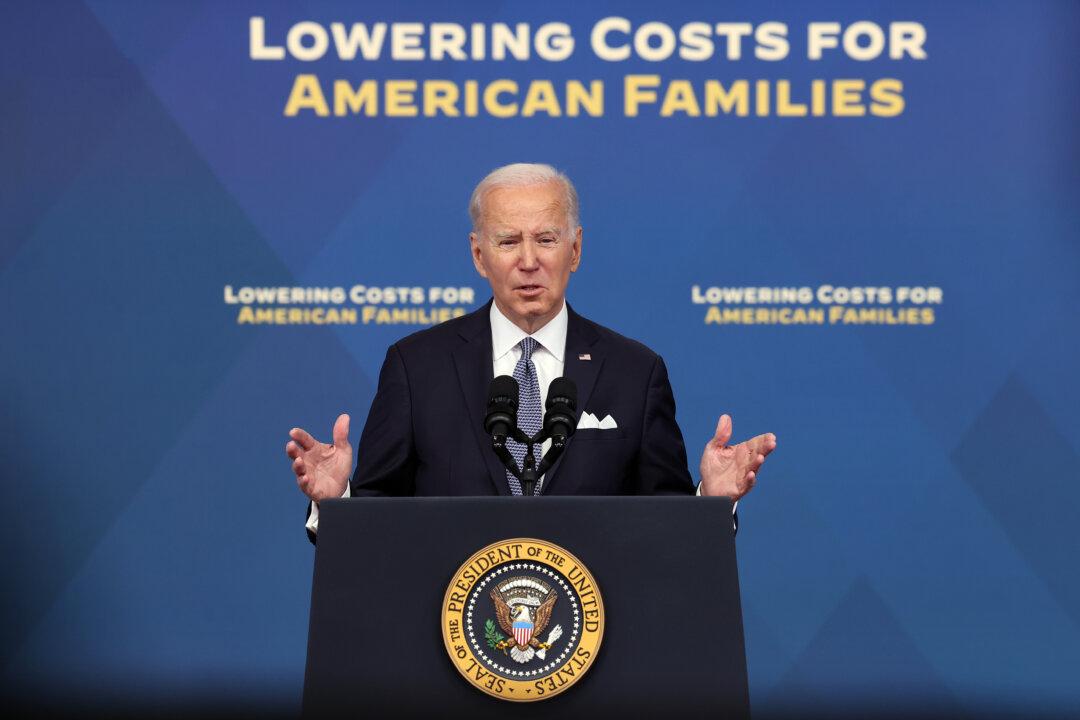Commentary
We’ve come to expect the worst, but the worst keeps surprising us. It happened again with the February inflation numbers as reported by the Bureau of Labor Statistics.

We’ve come to expect the worst, but the worst keeps surprising us. It happened again with the February inflation numbers as reported by the Bureau of Labor Statistics.